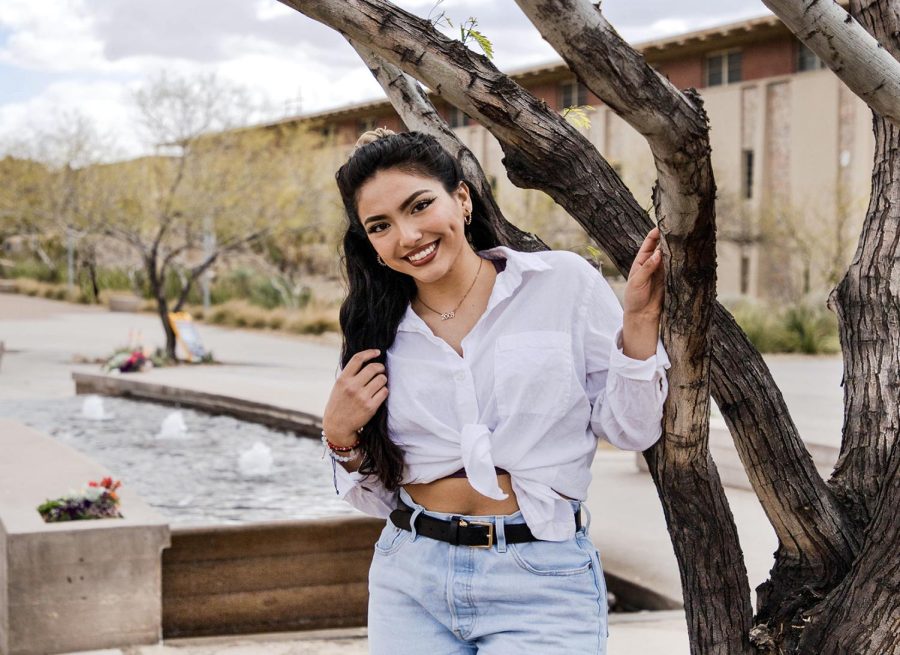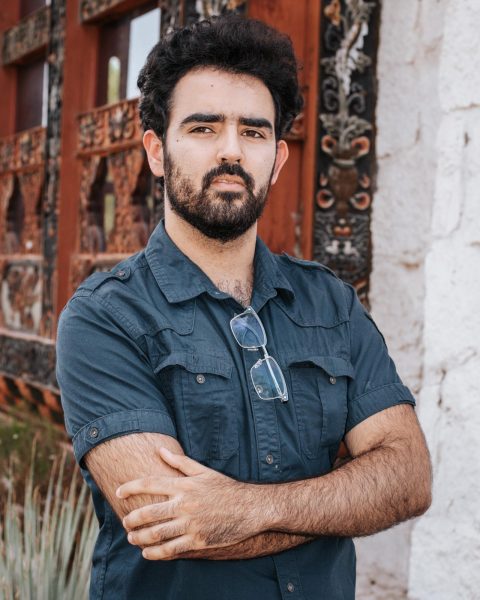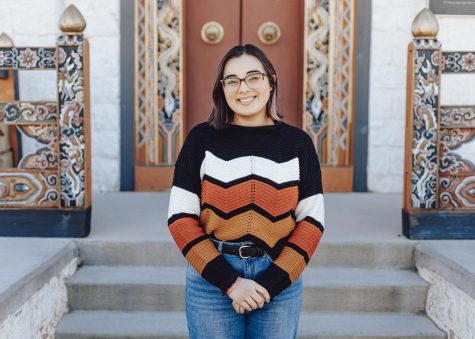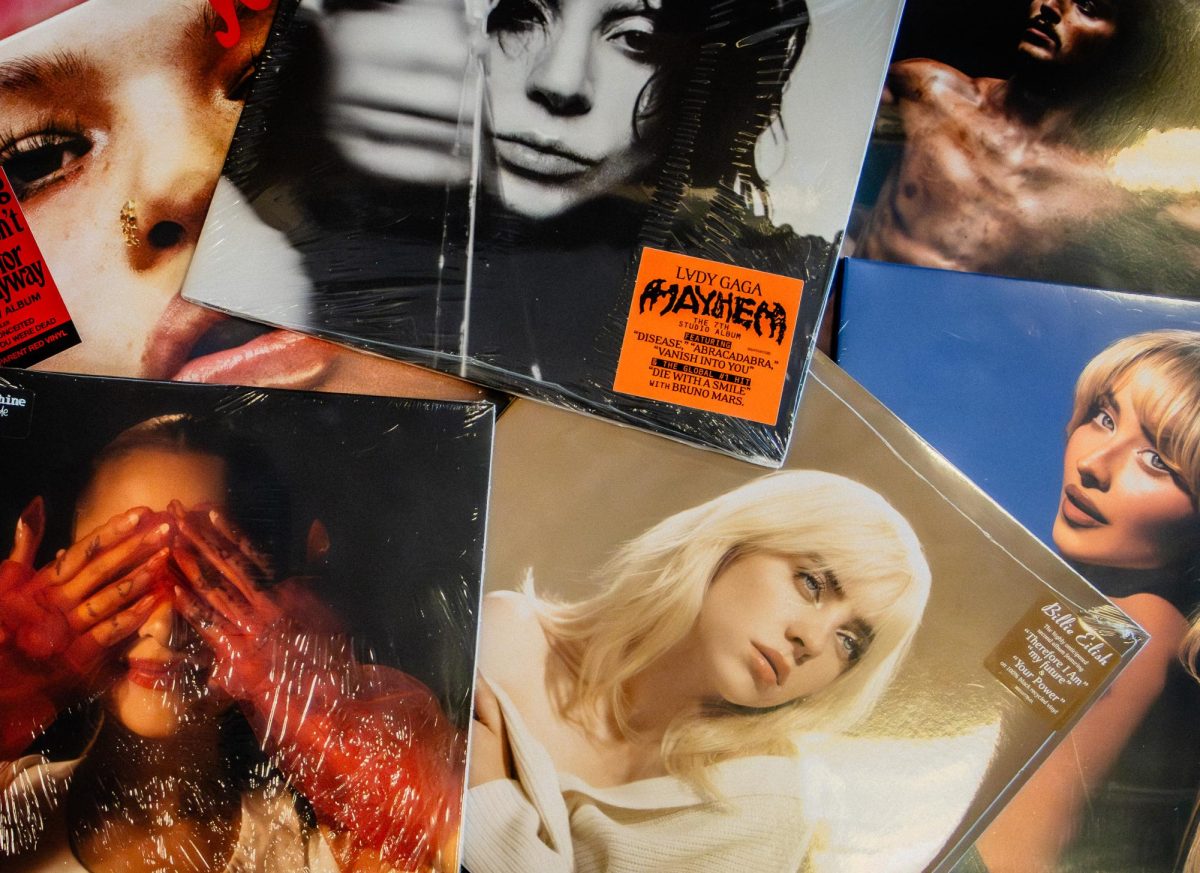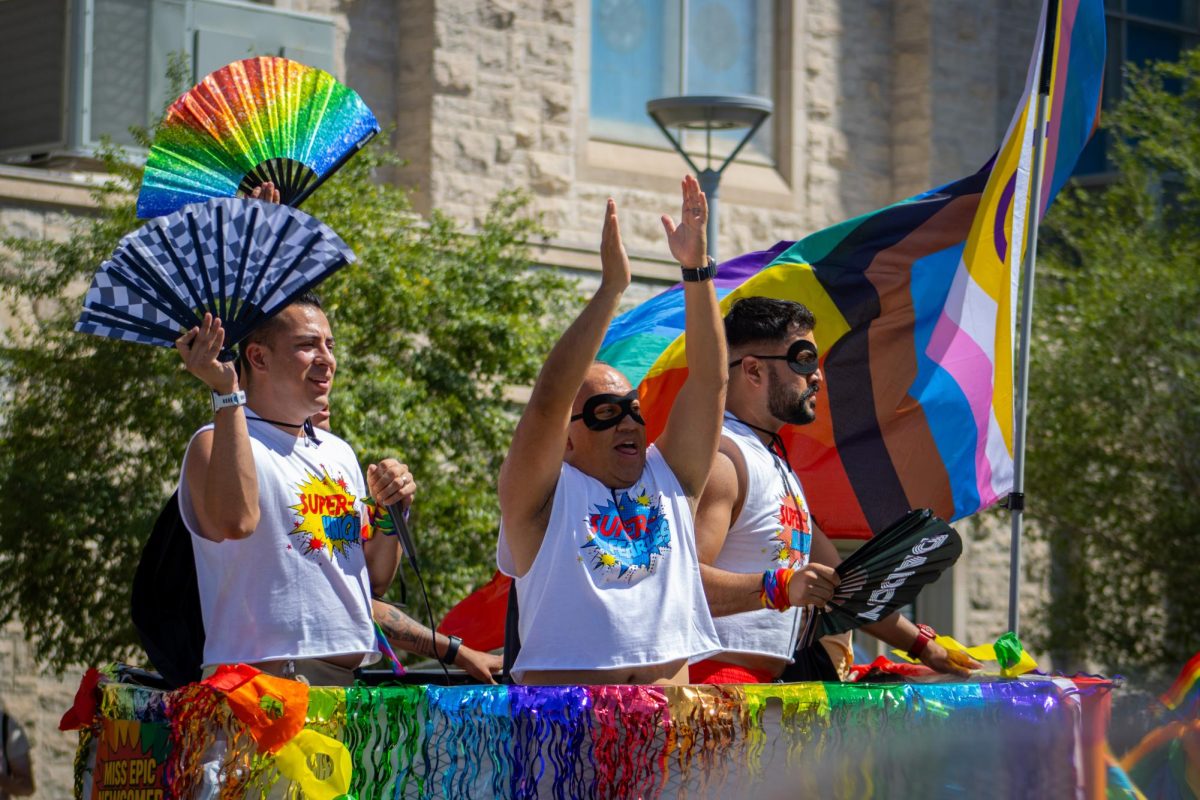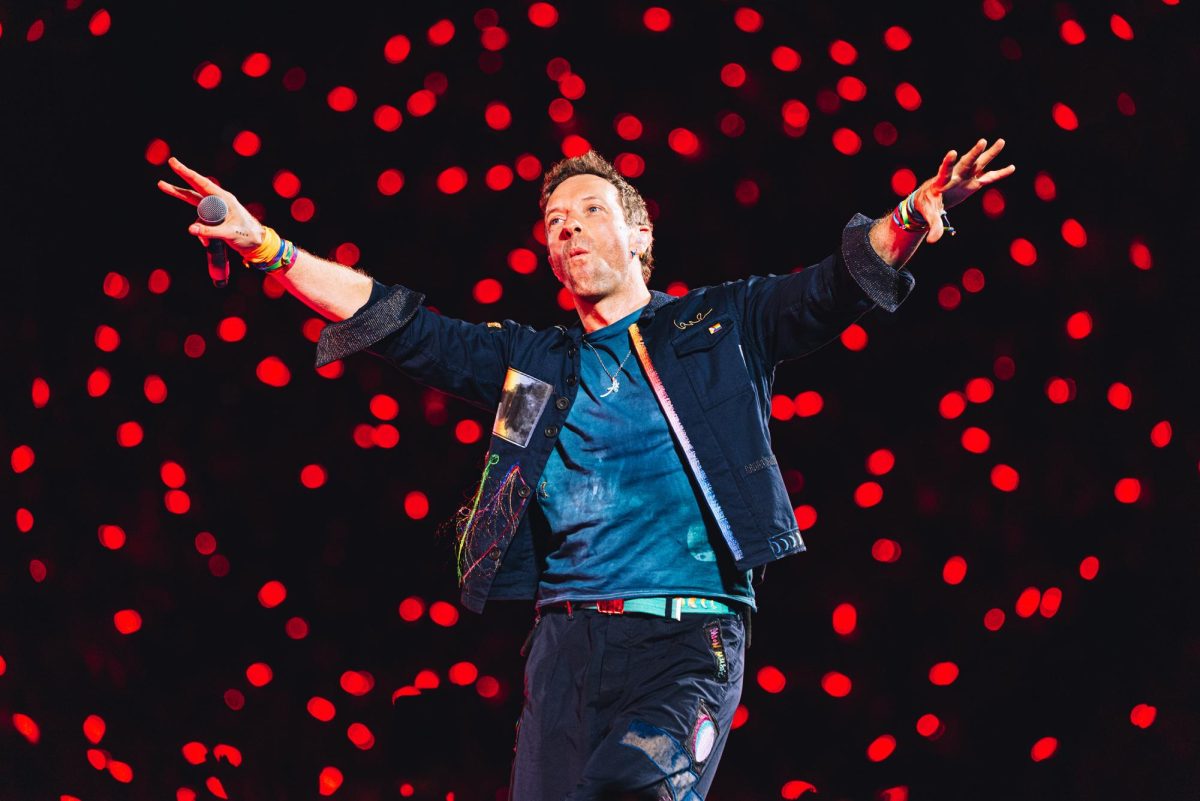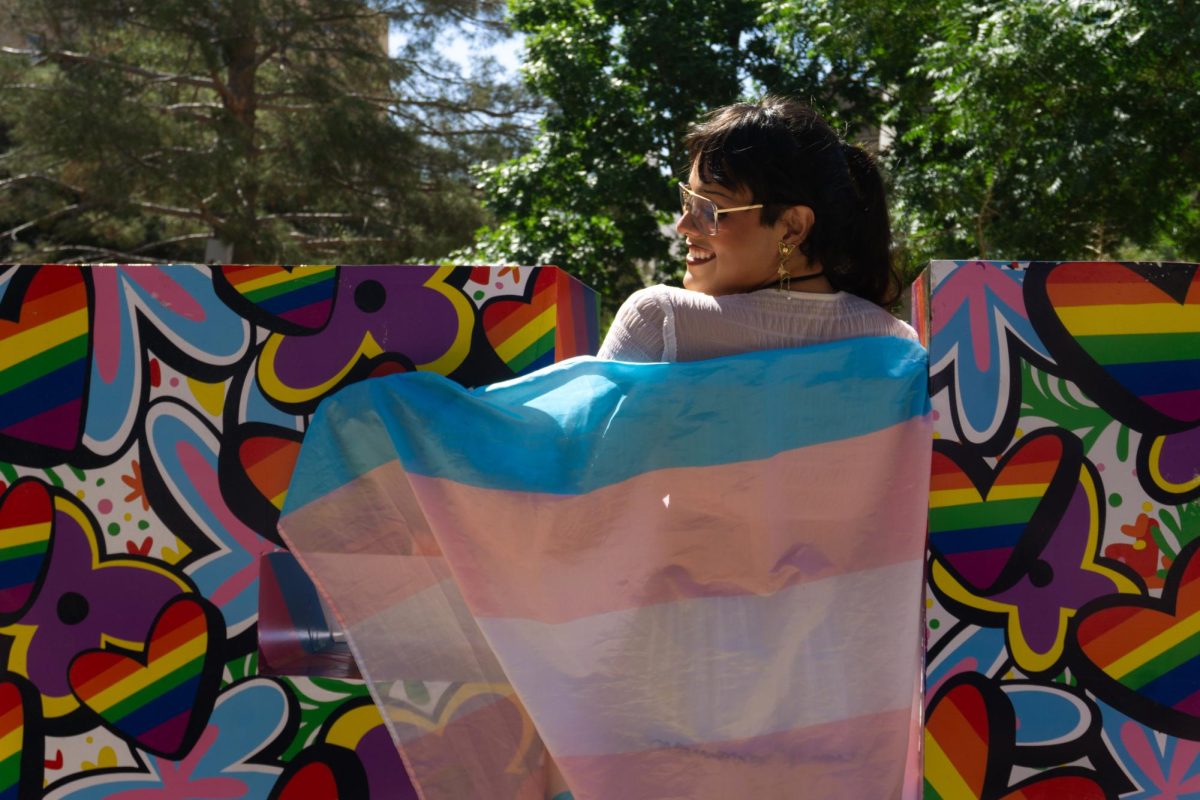Latinos, Cholos, Hispanic, Chicanos; they have been called every name, but they always stand out in their words, in their hard work and in their fashion. New York, Chicago and the Midwest have their pot with European immigration from Italy, Germany, the Nordic countries and much more; but in the far West, the Mexican Americans have manifested their destiny, through sheer will and hard work as united Chicanos. Creating a legacy, they proudly wear it in all parts of their body every day.
Chicanx fashion traces its origins in the early contemporary period of the 1930s and the 40s. Decades of mass migration and economic depression. Mexico was recovering from the Revolution and Cristero War; with the not forgotten memory of the Mexican American War, the lands near the border were heated. Whether citizen or immigrant, Mexican Americans were targeted regularly for civil violence and forced to do hard work in terrible conditions with little pay.
According to a Vogue article by Abby Aguirre, “Not coincidentally, during this period there was also overt persecution of Mexican Americans in L.A., who were targeted in the series of racist attacks known as the Zoot Suit Riots.”
The Zoot Suit style was a descendant of the Pachuco style, a classy colorful spin on the Roaring 20s signature suit style. They style was composed of small hats called Tandos, baggy pants, suits with a zoot pattern, and suspenders, with a wide clock chain on their pockets.
However, by the 50s and 60s, the style had “grown” on its population, creating more prominent baggy clothes for masculine attire. The suits were worn a few sizes up, traces of Christian jewelry with chains and earrings were visible, with large, tattooed bodies becoming synonymous of Chicanos. These were traces of their Mexican heritage now overtaking their more conventional style.
Mister Cartoon mentions in an interview in Hypebeast.com, “We are American, but we never forget our Aztec Mexican heritage. We keep those values.”
Feminine clothing at the time was slightly different. Characterized by the “working mom” outfit. Women were forced to step up and work the fields, care for their homes and raise their children all at once, preventing any conventional feminine dresses or clothing. Instead, it was their working oversized clothes, bandanas and simple make-up with black eyeliner that stood out as a manifestation of their surroundings.
Until the dawn of the 21st century, the style finally changed to match the men, also being characterized by baggy pants, tank tops, tattoos, and their bandanas firmly in their heads, with the make-up becoming slightly more elaborate with additional eye liner and designs. Other more standard feminine variants include sundresses and flamboyant tops with Selena being a major inspiration.
Unfortunately, the 70s, 80s, and 90s, would prove to be the hardest for the Chicano community. Creating the modern style of Mexican Americans but leaving a painful legacy and hurtful stereotypes that still propagate our society.
During this time, gang violence, primarily in L.A., became rampant, causing mass incarceration throughout. This gave the Chicano style a lot of negative connotations, with the term “Cholo” popularizing to describe gang members and creating distrust among the general population for their style.
Thankfully, modern pop artists and rappers such as Calle 13, Cartel de Santa, Bad Bunny, have trailed a more alleviated path for the style, as it has become normalized throughout the music industry and into the general eyes of the public.
Among all the years of history, the fundamental aspect of Chicano fashion is connection, to their families, to their ancestors and to their bodies. Chicanx community is determined to preserve their values while never being undermined, or undermining others. These values have been preserved in our city of El Paso and our students at UTEP, since we have one of the largest Chicano populations in the country.
Isabella Molina, 19, political science student at UTEP, describes her heritage,
“It is in my roots, in my food, in my church,” Molina said. “This is how I stay connected, with my style. Even from my simple make up, draws inspiration from these role models and family.”
Molina says she struggled with her identity during her formative years, always looking up to public figures such as music star Selena, and even her own cousins.
“She is my idol! She reminds me of myself, being born in Texas, in very American towns,” Molina said. “Being born in such towns, you are often confused, or feel torn, not knowing what you are, but she is a perfect example that you can be both.”
Although the roots and potency of the style makes it unmistakable, neurobiology student, Ennis Galaz, 21, chooses to wear her heritage in her own personality.
“It is still in my blood, even if my style doesn’t always match up, I live it every day in my home, with my parents and my grandparents,” Galaz said. “I am what they call ‘fresa’,which is a term for preppy. Even then, we always joke about with my friends, and they too wear it in their sleeve.”
Galaz is still a huge fan of contemporary Chicanx artists such as Bad Bunny, J Balvin, Rauw Alejandro, with the Reggaeton subgenre of Pop being close to her heart, “it is simply inescapable and I’m happier for it.”
With these promising future leaders of the Chicanx community, it is safe to say future generations will not only share a strong connection to their legacy but have powerful role models to look up to.
Eugenio Cantu is a contributor and may be reached at [email protected].

